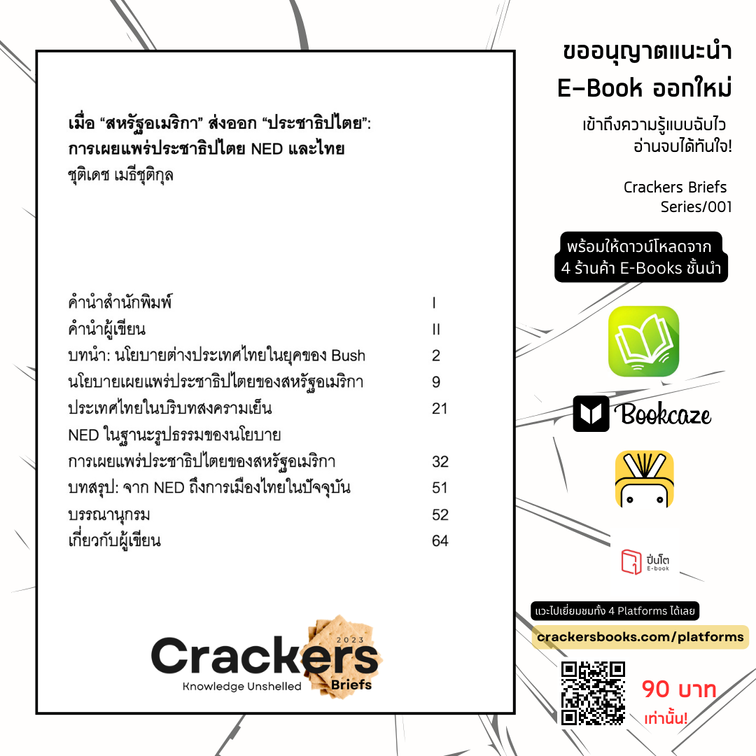
Published by Crackers Books,
12 July 2024
https://crackersbooks.com/papercrunch
Research Paper Crunch\\
Degrees of Doubt: Analyzing Credential Fraud in Higher Education
Brown, G. M. (2006). Degrees of doubt: Legitimate, real and fake qualifications in a global market. Journal of Higher Education Policy and Management, 28(1), 71-79.
Summary
"Degrees of Doubt: Legitimate, Real, and Fake Qualifications in a Global Market" by George M. Brown delves into the pervasive issue of credential fraud, a multi-billion-dollar industry affecting higher education globally, including in Australia. The paper frames the problem through credentialism, degree creep, and screening theory, exploring how the demand for degrees fuels both legitimate and fraudulent qualifications. Brown categorizes various methods through which degrees can be obtained, from traditional education to outright fabrication, and suggests resources and tools to help verify the legitimacy of qualifications.
Strengths
- Comprehensive Analysis: The paper provides an in-depth look at credential fraud, exploring its causes, methods, and impacts on the higher education system.
- Conceptual Framework: By employing theories like credentialism and degree creep, the author offers a solid theoretical foundation to understand the phenomenon.
- Categorization: Brown's classification of different methods to obtain degrees helps in understanding the spectrum of legitimacy and acceptability in higher education qualifications.
- Global Perspective: The paper reviews credential fraud practices and countermeasures from various countries, offering a comparative analysis that highlights best practices.
- Proactive Measures: The paper suggests several proactive measures and resources for higher education administrators and HR managers to combat credential fraud effectively.
Weaknesses
- Lack of Recent Data: Given the rapid changes in technology and education, the data and examples, primarily drawn from the early 2000s, may not fully represent the current state of credential fraud.
- Limited Case Studies: While the paper mentions various cases, a more detailed analysis of specific instances of credential fraud could enhance understanding and provide practical insights.
- Implementation Challenges: The recommendations, though valuable, may face practical challenges in implementation, especially in countries with less developed verification systems.
- Insufficient Focus on Digital Credentials: The paper could benefit from a deeper exploration of the role and verification of digital credentials in today's education landscape.
Lessons Learned
- Importance of Verification Systems: Robust verification systems, such as the AQF Register in Australia and South Africa’s centralized degree verification system, are crucial in combating credential fraud.
- Continuous Vigilance: The evolving nature of credential fraud requires ongoing vigilance and adaptation of verification practices to ensure the credibility of qualifications.
- Global Collaboration: International cooperation and sharing of best practices can help develop more effective strategies to combat credential fraud worldwide.
- Technological Solutions: Innovations like polymer banknote technology for transcripts and microchips in degrees show promising advancements in document security.
- Policy and Regulation: Stronger regulatory frameworks and policies, as seen with Australia’s National Protocols for Higher Education Approval Processes, are essential for maintaining the integrity of higher education.
Conclusion
George M. Brown's paper underscores the significant challenges posed by credential fraud in higher education. It highlights the need for comprehensive strategies, including robust verification systems, international cooperation, and technological innovations, to protect the integrity of academic qualifications. As the demand for higher education continues to grow, so does the necessity for vigilant and proactive measures to ensure that qualifications remain a true representation of an individual’s knowledge and skills.
ราคา 150 บาท
สั่งซื้อได้ที่ Shopee
ติดต่อโฆษณาได้ที่ อีเมล์ crackersbooks2023@gmail.com






